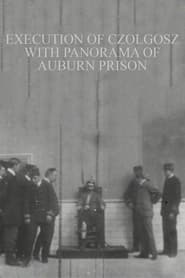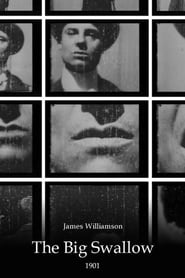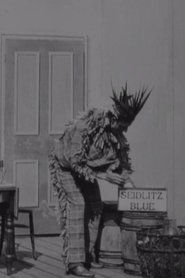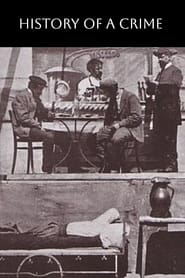kategori film tahun 1901
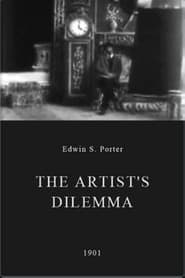
The Artist's Dilemma 1901
The scene opens in an artist's studio, the artist asleep in his chair. A large old fashioned clock opens and a young lady comes out and awaking the artist, requests him to paint her picture. While the artist is executing the work a clown comes from the clock, takes in the situation and begins to make love to the lady. The artist detects him and compels him to desist his love making. He continues to paint. The clown becomes interested and asks the artist to allow him to paint the picture, and begins smearing a whitewash brush over the canvas, when lo, a most perfect image of the young lady appears. The image then steps down from the frame, joins the young lady in the studio, and the figures, each a perfect counterpart of the other begin to dance to the great astonishment of the artist. The clown the by waving his hand causes the figures of the two girls to merge into one. The artist then assumes his seat and awakens from his dream with a great shock.

Scrooge; or Marley's Ghost 1901
Filmed in 35mm and in black and white, this short silent film was produced by the English film pioneer R. W. Paul, and directed by Walter R. Booth and was filmed at Paul's Animatograph Works. It was released in November 1901. As was common in cinema's early days, the filmmakers chose to adapt an already well-known story, in this case A Christmas Carol by Charles Dickens, in the belief that the audience's familiarity with the story would result in the need for fewer intertitles. It was presented in 'Twelve Tableaux' or scenes. The film contains the first use of intertitles in a film.

A Holiday Pageant at Home 1901
A few days before the Christmas holiday, a large family decides to put on a home-made play as part of their holiday together. The mother writes the play, and the children practice it. When they are ready, they enact first a prologue and then the play.
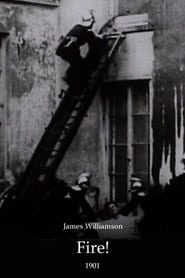
Fire! 1901
Firefighters ring for help, and here comes the ladder cart; they hitch a horse to it. A second horse-drawn truck joins the first, and they head down the street to a house fire. Inside a man sleeps, he awakes amidst flames and throws himself back on the bed. In comes a firefighter, hosing down the blaze. He carries out the victim, down a ladder to safety. Other firefighters enter the house to save belongings, and out comes one with a baby. The saved man rejoices, but it's not over yet.

The Countryman and the Cinematograph 1901
A satire on the way that audiences unaccustomed to the cinema didn't know how to react to the moving images on a screen - in this film, an unsophisticated (and stereotypical) country yokel is alternately baffled and terrified, in the latter case by the apparent approach of a steam train.
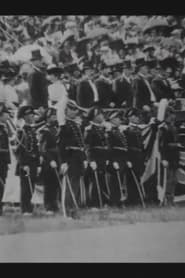
President McKinley Reviewing the Troops at the Pan-American Exposition 1901
The President is seen on the reviewing stand at the Stadium, escorted by President Milburn, of the Pan-American Exposition...
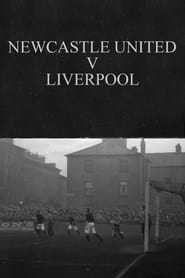
Newcastle United v Liverpool 1901
An Edwardian football match at Newcastle's St James' Park ground.
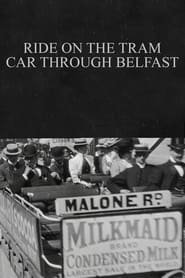
Ride on the Tram Car through Belfast 1901
In 1901 people in Belfast paid their tram drivers in carrots.
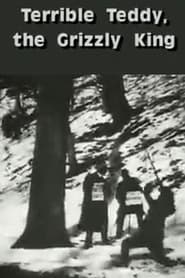
Terrible Teddy, the Grizzly King 1901
Our presidential hunter runs across the landscape and falls down in the snow, gets up with his rifle, and gazes upward at a treed animal which isn't in the camera's view. He fires a shot into the tree, then leaps on the ground to grab the fallen prey, a domestic cat, finishing it off with wild blows of his hunting knife while his companions, a photographer and a press agent, record the event that will be reported far and wide as a manly moment. Teddy then rides out of the forest followed by two companions afoot, never mind that they all originally arrived afoot. Perhaps it was funnier in its day than it is now, but apparently shooting cats was regarded as funny in those days. The larger point was to use a minor whimsy as a political criticism, in this case of Teddy Roosevelt's easy manipulations of the press. It was based on two frames of a political cartoon that had appeared in the paper a mere week before the film was made.
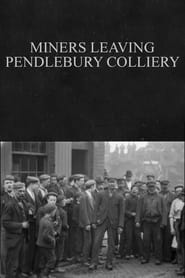
Miners Leaving Pendlebury Colliery 1901
A group of miners (including a sole black worker) exits the colliery gates.
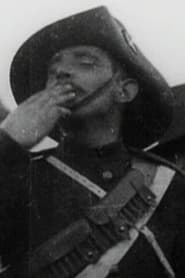
Royal Scots Regiment at Edinburgh Castle 1901
Troops play up for the camera in the shadow of Edinburgh Castle.

